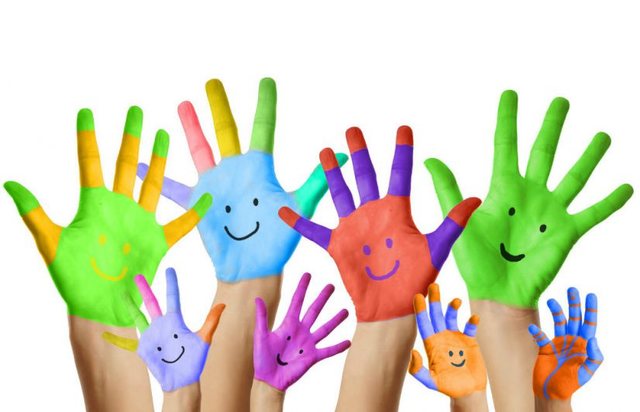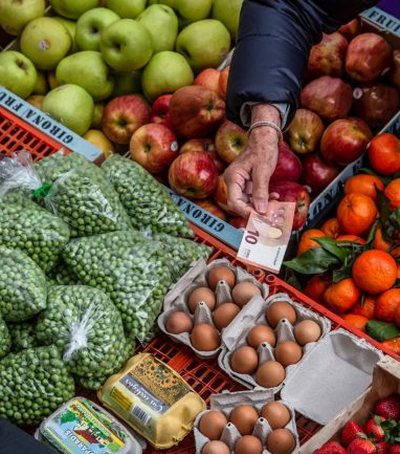
The number of children aged 0-15 is shrinking year after year, due to high emigration and declining birth rates.
According to INSTAT data, in January 2021, the population from 0-14 years old decreased by 11.5 thousand people compared to January 1, 2020, with a contraction of 2.4% in one year.
On the one hand, education systems will be facilitated by the number of students. In the preschool cycle, at other levels of education, there will be fewer students, creating the conditions for increasing the quality of services. INSTAT reported in 2019 that 16.3% of young people leave school and training prematurely. Men have a higher tendency.
The data show that 75.9% of children are enrolled in kindergartens, 93.1% of children are enrolled in lower primary school, while only 76.2% of young people are enrolled in secondary education. For every 1000 inhabitants there are 141 students in 2019 out of 148 students per 1000 inhabitants in 2018.
In the 9-year cycle 1.5% of students repeat the year. But the graduation ratio reached 84.6% of the total number of students in 2018, compared to 78.3% in 2017, while 23% of young people use the Internet to communicate with public authorities.

The number of children and young people aged 0-17 involved in criminal offenses is increasing. In 2019, there were 960 children who had committed criminal offenses. Children are exposed to abuse. According to INSTAT in 2019 over 6% of children aged 0-17 were exposed to criminal offenses.
During 2020, 28,075 babies were born, down 1.7% from a year earlier. In three counties of the country there was an increase in the number of births, compared to 2019, while nine others marked a decrease.
The highest number of births is recorded in the Region of Tirana, with 9,387 births, while the lowest is recorded in the Region of Gjirokastra, with 504 births, for 2020. The highest increase in the percentage of births, during 2020 compared to the year 2019, occupies the Lezha Region, with 3.3%, while the highest decrease in percentage is occupied by the Kukes Region, with 21.1%.
On January 1, 2021, the ratio of youth addiction (ratio of population 0-14 years old to population 15-64 years old) decreased, compared to January 1, 2020, from 24.6% to 24.2%, while the ratio of dependence of the elderly (the ratio of the population 65+ to the population aged 15-64) increased from 21.6% to 22.3% during the same period./monitor/





